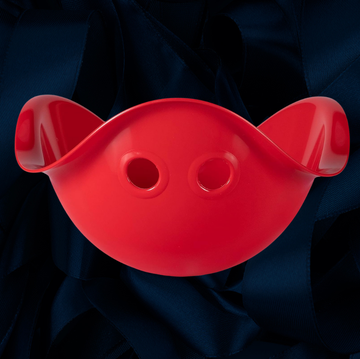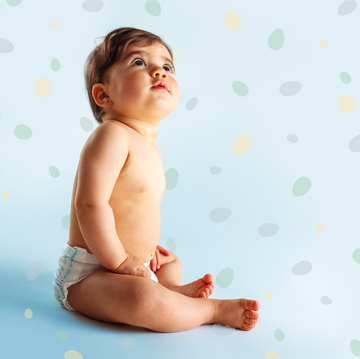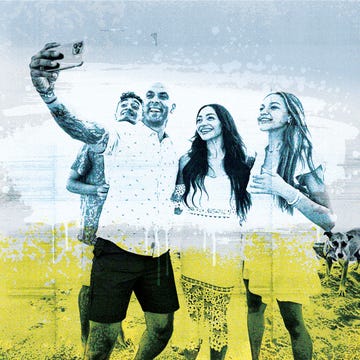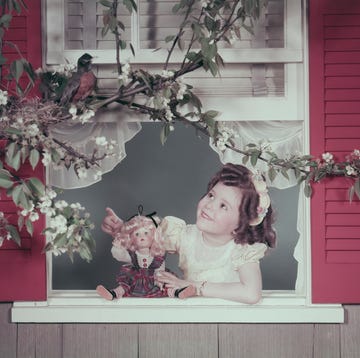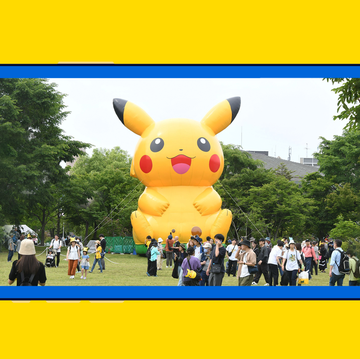Every June, I find myself in the same situation — standing in the stationary aisle with my kids, staring at dozens of Father’s Day cards that don’t quite meet our needs. We gaze into a sea of navy blue and tan, and are given a limited choice of themes: golf clubs, hamburgers on the grill, fishing gear or a necktie.
The kids and I look at each other and shrug; none of these cards helps them articulate what they want to say, which is: Thank you for cooking dinner every night, thank you for the days when you leave work early because we need you at home, thank you for being our chauffeur on the weekend and thank you for making us feel loved.
But there are no cards that capture those thoughts. So, we just choose the most innocuous of the bunch and move on. Another Father’s Day card … check.
I find this annual routine deeply unsatisfying. It’s not just due to the lack of aesthetic choices — it is because these cards do not adequately match the current reality of today’s fatherhood. The implicit message in these cards is that the essence of fatherhood lies not in a man’s involvement with his family, but in his profession or his hobbies. Ironically, rather than celebrating Dad as part of the family, we focus on his activities away from his family.
This message is not new; this perception has existed as long as any of us have been alive. For generations, we have defined the venerable father as a man who financially provides for his family. He might also do other things for the family, but those are tangential, additional. According to tradition — and to the limited selection of Father’s Day cards — a good dad is a man who brings home a paycheck and then is allowed to sneak away to his favorite fishing hole or play a round of golf.
Of course, there are many ways that any parent can provide for their family. There are household tasks, such as laundry, cooking, dishes, grocery shopping, cleaning. There are caregiving tasks: giving kids a bath, helping with homework, taking time off work when kids are sick — not to mention scheduling and managing all the appointments, from dental check-ups to haircuts. And perhaps, the toughest of all, there is emotional work with kids: helping them through a challenge at school, or being there after their first heartbreak.
Society has long coded these activities as a female responsibility, and data tells us that women still do the majority of this work. But little by little, our perception of a “successful father” is evolving, and more dads are embracing household work as a way to provide for their family. According to the Survey of Contemporary Fatherhood, more than 90% of today’s dads believe that fathers should play an active role in their children’s lives, that a dad’s involvement is essential for children’s well-being. We are seeing a rise in stay-at-home dads. And more dads are looking for a flexible work schedule; not because they want to golf or go fishing, but because they want to be present at home, support their partner’s career, and spend more time with their kids.
This redefinition of fatherhood is not just the result of natural progression. Social change requires intentional behavior. Equimundo: Center for Masculinities and Social Justice does research, advocacy and programming to change the way we think about fathers and fatherhood. One core component of Equimundo’s work is specifically aimed at increasing men’s role in caregiving, and they’ve found that more dads doing more hands-on care work in the home does not just benefit their partners and kids — it also benefits dads.
“Men themselves benefit as they embrace the daily joys that come along with doing the hands-on work that care requires,” says Gary Barker, founder and CEO of Equimundo. “Our research from around the world finds that men who report being more involved in the daily care of their children and emotionally closer to their children are happier, they are more motivated at work and they tend to take greater care of themselves. Whether they live with their children, or live apart, involved fathers are happier and healthier. And for those of us who have the experience, it is a self-evident truth that the relationships with our children are among the most powerful and meaningful parts of our lives."
Maybe you’re thinking sure, this all makes sense. But why make such a fuss about a greeting card we send once a year?
Father’s Day is an important cultural touchpoint. According to Hallmark, Father’s Day is the 4th largest card-giving holiday in the United States, and roughly 72 million cards are exchanged every June. Imagine the subconscious, reinforcing impact of those 72 million messages on our culture year after year.
This year, let’s move past the old stereotypes and use card-giving as a way to embrace an expanded definition of a “good dad.” We can use Father’s Day to highlight that fatherhood is so much more than a 9-to-5 at the office or a weekend BBQ. We can celebrate those dads who are providing for their families in many different ways, and honor fathers for the care work they do. We can also challenge outdated cultural norms, and set clear expectations of what we expect fatherhood to look like in the future.
“Many of us have in our heads that mothers are the main caregivers," Barker agrees, "the ones who really know what they are doing and that dads are really kind of deficient when it comes to care. That's why it's so important that we send daily messages that [dads] can and should be just as much the caregivers as moms.”
This may be especially important for the new dads in our lives. A new generation of men are entering parenthood, perhaps celebrating their first Father’s Day this year. They have the luxury of a blank slate, and a lifetime of opportunities ahead of them. Do we want to limit these new dads to the traditional role of "provider?" Or do we want to help them fully embrace a wider range of fathering possibilities — to be the dad they want to be.
As a researcher and writer of gender norms, I will be the first person to admit we still have a lot of work to do before achieving household gender equality. And, still, I believe it is important to celebrate our successes — and think about the ways we are each embracing change. In that spirit, Good Housekeeping has created four Father’s Day cards for you to download, print (double-sided works best) and give to the dads in your life. These cards, we hope, come closer to illustrating our evolving expectations of fatherhood: a dad giving a bath, a dad reading books, a dad and grandpa preparing a meal, and a dad doing a TikTok dance with his teenager — all of which aim to capture those sweet, every day moments that dads share with their family. We made two versions of each card: a color version, and one that also works as a coloring page that kids can fill in themselves.
I showed these four illustrations to my kids and asked, which one is best for your dad? They knew immediately — their favorite was the dad reading books. When I asked why they chose that one, they replied, “Because it is so real. It’s so cozy. That’s something that we have done with dad ever since we were little … something we still do with dad all the time.” My kids were drawn to the illustration because it made them feel something. Unlike a photo of golf clubs or a necktie, this illustration captured a snapshot of fatherhood; a routine that made them feel warm, content, important, and loved.
Hopefully, when my husband opens this card on June 15th, he’ll feel the same.
Download Our Cards for 21st-Century Dads

Kate Mangino, PhD is the author of Equal Partners: Improving Gender Equality at Home, which addresses the social norms that underpin household gender inequality - and offers practical advice as to what each of us can do to change them. Kate has also been published in Time, Slate, Harvard Business Review and Good Housekeeping. Equal Partners has been featured in The Atlantic, CNN, BBC World News and The Guardian, as well as dozens of podcasts, including We Can Do Hard Things and What Fresh Hell. The material for her book is built on Kate’s 20+ year career working with international organizations to tackle harmful norms and promote positive social change.










